John Hurrell – 1 October, 2012
This is a work about editing and viewer manipulation, something quite fascinating to think about. It is not just about actors being like ‘cattle' (the famous Alfred Hitchcock expression), but about camera shots, zooms, pans, edits, superimposed sound - the filmic vocabulary of creating images.
Artspace in its program has this year been showing some really first-rate experimental films - often from the States. However this black and white work is from London in the mid-seventies, and continues that tradition. It is one of those items that is difficult to talk about without giving the game away, for this is ostensibly a documentary about the making of a film about life at a Hackney intersection showing people crossing the street - seemingly not live but with actors authoritatively directed by an unusually precise director. (Spoiler discussion follows..)
It becomes humorous when you realise it is no such thing, but in fact is a tinkered-with documentary, featuring a very carefully synchronised, cleverly superimposed voiceover made after the random live footage has been thoroughly analysed. One you get the joke, that the voice is added after the filming and not during it, then the film changes and you notice Smith slowly starting to fiddle with the image/sound relationship - testing the viewer’s memory, and clearly separating chronologically referenced visual subject matter from the speaker’s utterances. The structure goes wonky at the end so you need to see the last few minutes several times to grasp the connections.
In other words, it is a work about editing and viewer manipulation, something quite fascinating to think about. It is not just about actors being like ‘cattle’ (the famous Alfred Hitchcock expression), but about camera shots, zooms, pans, edits, superimposed sound - the filmic vocabulary of creating images and then in Smith’s case, recontextualising them to deceive the viewer - and then allowing them to grasp what has happened.
In many ways it is a very clever accompaniment to the Saul Steinberg show which is about drawing - particularly ambiguous line - and how it can be spatially interpreted. Smith teases us not with a physical line (apart from film itself) but with directional time (a conceptual vector) and our assumptions. There is a subtle sense of paradox that though the film is running forwards, the content of the voiceover is going backwards. The editor is looking backwards to represent the events within the fiction of ‘authentic’ time. The resulting work is subsequently visually quite beautiful, historically intriguing and intellectually engrossing.
John Hurrell
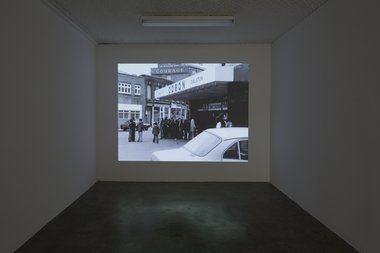
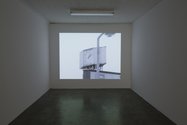
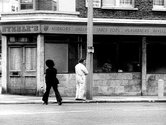
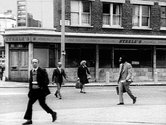
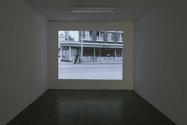
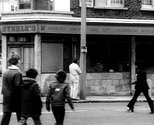
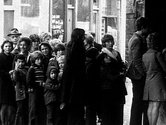
 Two Rooms presents a program of residencies and projects
Two Rooms presents a program of residencies and projects Advertising in this column
Advertising in this column



This Discussion has 0 comments.
Comment
Participate
Register to Participate.
Sign in
Sign in to an existing account.